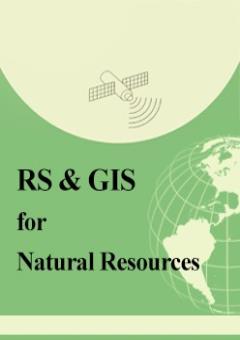Investigating the most extensive active fires in Horul Azim wetland using satellite images
Subject Areas : Applications in natural hazard and disastermostafa karampoor 1 * , samad khosravi yeganeh 2
1 - lorestan university, khorramabad,iran
2 - Department of Geography, Faculty of Literature and Human Sciences
Keywords: Horul Azim wetland, visible infrared images, remote sensing, fire verification,
Abstract :
of MODIS and VIIRS sensors are widely used to identify active fire due to their high spectral and temporal resolution. The purpose of this study is to evaluate active fires in Horul Azim wetland using remote sensing method. For this purpose, MODIS Terra (Aqua) and VIIRS sensor images were obtained in the period of 2002-2022, corresponding to the months of June, July and August. After preliminary investigations, the images were processed with ENVI software and the area of fires was calculated with Arc GIS. It was found that most of the fires occurred in the western parts of the wetland and it was not possible to use ground data related to fires, so for the accuracy of assessments and the accuracy of satellite images, Landsat 8/OLI images were used as a ground accuracy map and its results were used It was confirmed by the band composition method. Based on the results, the largest fires in this wetland occurred in July 2018 and August 2015, with an area of 13,564 and 13,500 hectares, respectively. In 2018 and 2022, 36 and 27 percent of fires occurred, respectively. Fires have occurred and more than 70% of fires have an area of less than 10,000 hectares. The trend of large fires has increased. 39% of fires were in July, which was the highest compared to June and August. In 2018, the largest number of large fires were observed in this wetland Due to the absence of the cause or effective causes of the fire in the study area, it is not possible to consider a specific trend for the spatial and temporal changes of the fire. The spatial and temporal changes of the occurrence of fire in this wetland are such that it is difficult to design a spatial and temporal model for it.

